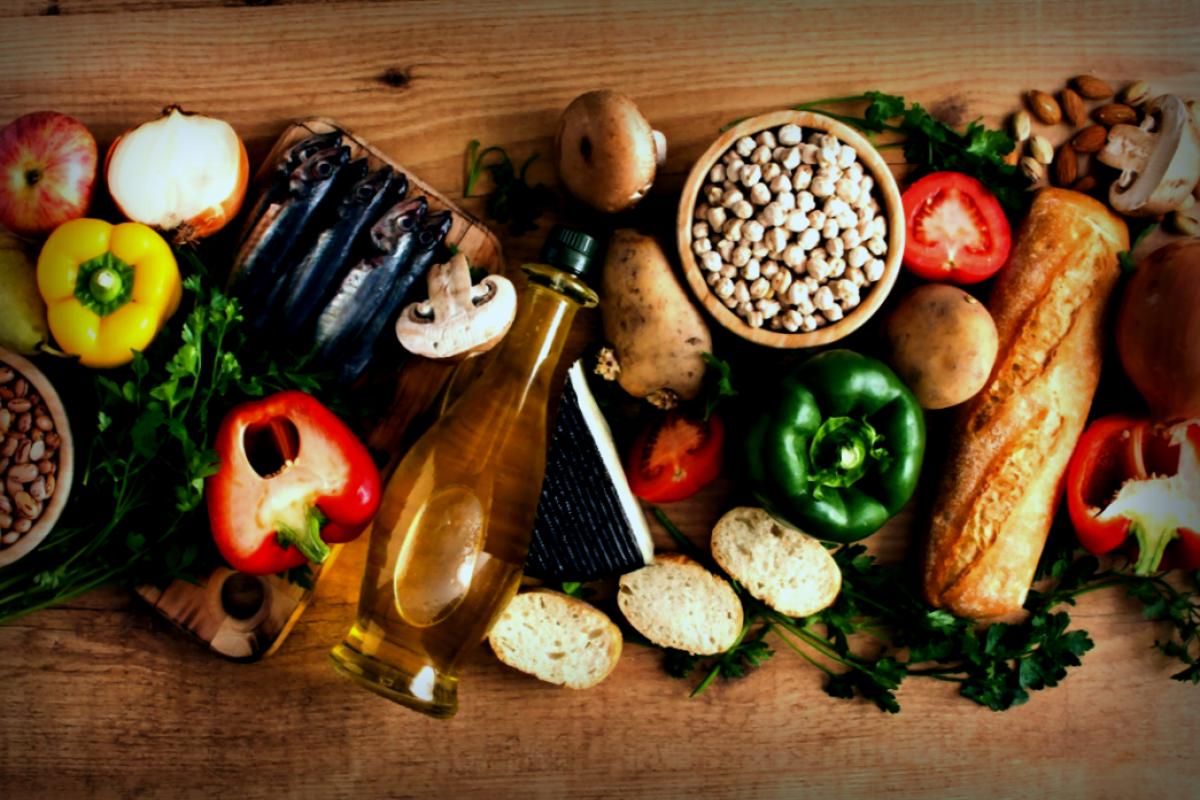Back in 2003, when the human genome was cracked wide open and scientists completed the sequencing of our genetic code, it sparked hopes that the door to understanding diseases would swing wide open. However, genetics surprisingly accounts for just 10% of disease risk. The other hefty chunk—about 90%—falls to environmental factors, with diet playing a massive role.
Globally, a poor diet contributes to roughly 20% of deaths in adults aged 25 and older. In Europe alone, poor eating habits are responsible for nearly half of all cardiovascular deaths.
Still, despite years of direct advice on reducing fat, sugar, and salt intake, obesity and diet-related illnesses have sky-rocketed. This implies that we’re still missing pieces in our understanding of nutrition.
Traditionally, discussions around nutrition usually revolve around food as mere fuel and nutrients as life’s building blocks. Proteins, carbs, fats, and a few vitamins—around 150 chemicals—have ruled this narrative. But it’s becoming clear that our diet packs in over 26,000 compounds, with the majority yet to be explored.
To illustrate this, think about astronomy. Did you know that dark matter consists of about 27% of the universe? While we can’t see it directly because it doesn’t emit or reflect light, its gravitational pull confirms its presence.
Nutrition science faces a similar issue. Most of the thousands of chemicals in food are invisible to research, and although we consume them daily, their effects and importance remain largely unknown.

Some specialists even refer to these unrevealed molecules as “nutritional dark matter.” Just like the cosmos has hidden forces, our diets hold mysterious ingredients with unknown impacts.
When examining diseases, researchers analyze a broad range of foods. However, the challenge lies in the inability to consistently correlate these foods with known healthy molecules. That’s the nutritional dark matter we consume daily, still largely unmapped. While some of these compounds could potentially boost our health, others might conversely increase disease risks. Our goal? Figuring out which is which.
Introducing Foodomics
Enter the fascinating field of foodomics, which bridges genomics (studying genes), proteomics (teasing apart proteins), metabolomics (understanding cell activity), and nutrigenomics (exploring how genes and diet interact).
This blend is revealing how our diets interact with our bodies in complex ways, extending far beyond counting calories and vitamins.
Take the Mediterranean diet, loaded with fruits, veggies, whole grains, legumes, nuts, olive oil, and fish (with minimal red meat and sweets). It’s well established that this diet helps lower heart disease risks.
But what makes it effective? One consideration is a compound called TMAO (trimethylamine N-oxide), created when gut bacteria digest certain compounds in red meat and eggs. High TMAO levels heighten heart disease risks while garlic actually has components that inhibit TMAO production—it’s a perfect example of how dietary choices can influence our health trajectory.
Furthermore, our gut microbes significantly transform incoming compounds. These transformations can lead to new chemicals that might affect inflammation, immunity, and metabolism.
For instance, ellagic acid—found in various fruits and nuts—gets modified by gut bacteria into compounds known as urolithins, elements vital for keeping our mitochondria (the energy powerhouses of our cells) in tip-top shape.
This complexity shows that our food isn’t just a random mix of ingredients; it comprises an intricate web of interacting chemicals. One tiny ingredient can affect numerous biological processes, which can then create far-reaching effects within the body. Diet has the unique ability to regulate gene activity through what we call epigenetics—altering gene function without changing the DNA letter for letter.
History offers potent illustrations of this. For example, children who were subjected to mid-20th-century Dutch famine had a higher likelihood of developing conditions like heart disease and type 2 diabetes later on. Subsequent investigations showed their gene activity had been shifted by their mother’s dietary lapses while they were pregnant.
Mapping our Food Galaxy
Excitingly, avenues like the Foodome Project emerge to untangle this obscured chemical landscape. They’ve already chronicled over 130,000 molecules, linking food compounds to human proteins, gut bacteria, and various disease processes. The aim? To create a comprehensive map demonstrating how our diets interact with our bodily systems, helping spotlight which molecules truly matter for our health.
The golden hope is that by deciphering this nutritional dark matter, we can tackle complicated puzzles that have stumped nutrition science for ages. You know, like why some diets show success for certain individuals while entirely failing for others? Or figuring out why specific foods can ward off disease in some while exacerbating it in others. And perhaps even discovering which food elements could help develop innovative medications or health-enhancing foods.
We’re just scratching the surface. Yet, one clear takeaway stands out: what we eat isn’t merely about calorie balance and nutrients; it mirrors a sprawling chemical landscape we’re only beginning to explore. Just as discovering cosmic dark matter reshapes our understanding of the universe, peeling back the layers of nutritional dark matter could revolutionize our eating habits, transform disease treatment, and refine our overall understanding of health.
David Benton is a Professor Emeritus (Human & Health Sciences), Medicine Health and Life Science, Swansea University
This article originally ran in The Conversation and is republished under a Creative Commons license. To check out theoriginal piece, click here.




















